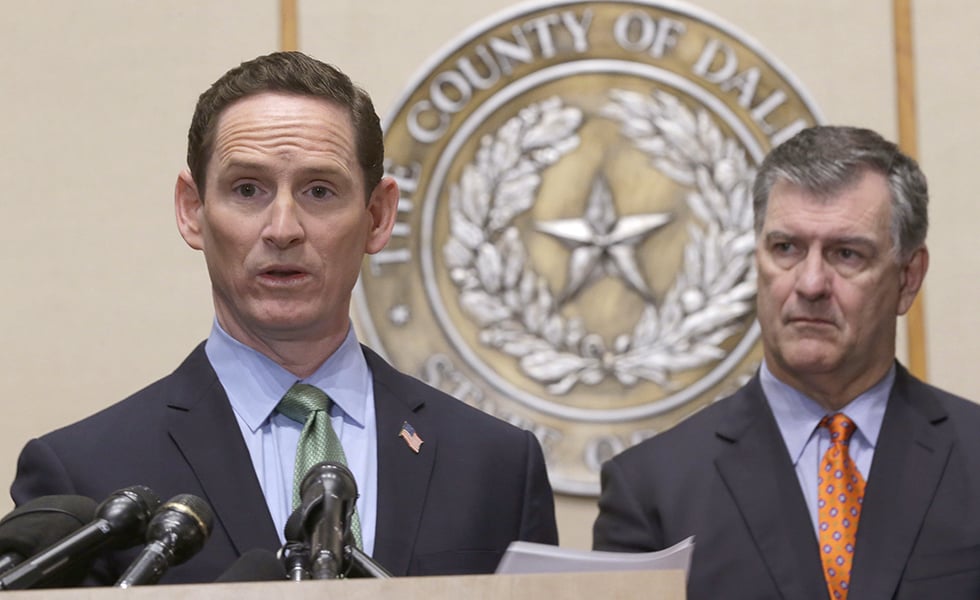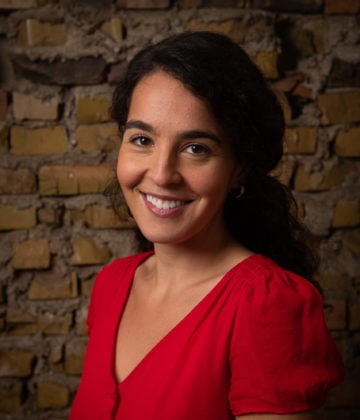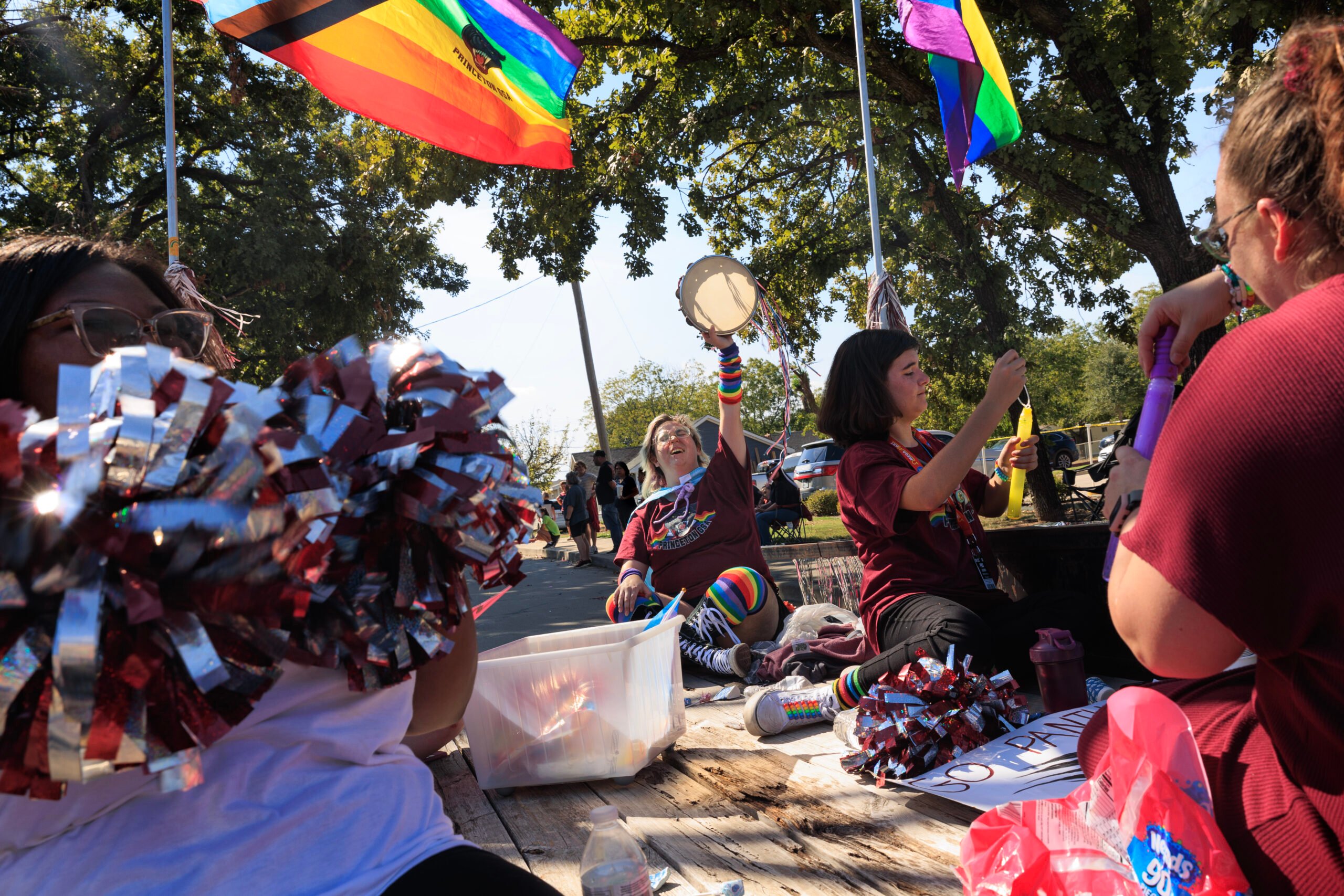
Dallas County Judge Clay Jenkins on Battling COVID-19, and the Governor, as Texas Reopens
“Now we're just working with this unprecedented state usurpation of local control, trying to keep people safe as best we can.”

A version of this story ran in the July / August 2020 issue.
Dallas County Judge Clay Jenkins was the first Texas official to declare a stay-at-home order for COVID-19 in March—more than a week before Governor Greg Abbott issued a similar statewide measure. This isn’t the first time Jenkins has navigated a major public health threat. In 2014, the Democrat gained national attention for managing the state’s Ebola response when three cases were diagnosed in Dallas. But the COVID-19 pandemic has posed an unprecedented threat, in a very different political environment. Governor Abbott has forged ahead with a plan to reopen Texas businesses, against the advice of many health experts. Jenkins, who is urging residents to continue social distancing, now has his hands largely tied as cases in Dallas—9,385 reported as of May 28—are projected to spike following Abbott’s reopening plan.
Jenkins spoke with the Observer about “hoping for the best and preparing for the worst” in responding to COVID-19.
Texas Observer: Your stay-at-home order was superseded by Governor Abbott’s reopening plan. How are you navigating your role in this context?
Clay Jenkins: The governor is telling you what is legal, we’re working with local health care experts to tell you what is safe. So we’re trying to get that out to the people.
The governor has recommendations in the Open Texas document, but he said he doesn’t want to see those enforced or checked on in any way. But if you will agree as a business to follow all those, then you can get a Stay Safe Business designation, and make the public feel confident that they can come into your business. How well or badly we do with the virus and the reopening depends on the smart decisions of all of us.
More broadly, what’s your take on Texas’ decentralized public health system that generally means the state defers to local governments in public health emergencies?
I think the system that we have currently, when allowed to work, works pretty well. Now, the governor has circumvented that system and is attempting to centralize authority in ways that have never been done before. And unfortunately, the advice of the public health, epidemiology, or infectious disease experts are not the same as what the governor is doing.
Dallas County was the first county to limit crowd size and the first to limit people eating in restaurants, and then the first to do shelter-in-place. Within five days, Harris County, Bexar County, Travis County, El Paso County had moved to adopt the Dallas County safer-at-home posture. That decentralized situation allows local leaders closest to the disaster, most in tune with the needs of their hospitals and doctors and residents, to act quickly to lead, then others can quickly follow. So that was working very well, up until the governor did the reopen Texas plan. Now we’re just working with this unprecedented state usurpation of local control, trying to keep people safe as best we can.
Efforts to contain Ebola and COVID-19 went in disparate directions in Texas and the U.S. overall. Obviously they’re very different diseases; are there other differences that you’d attribute this to?
The leadership did not waver from science in Ebola. I can remember differences in opinion but it was never a partisan thing. So this is a different environment to work in, and that’s a shame.
Initially there were people here who were calling that ‘African Ebola,’ and wanting to arrest the patient, Eric Duncan, if he lived, for bringing a deadly disease into our area. That got no play from me, or [then-governor] Rick Perry, or Barack Obama. So that’s a stark difference, when you have many leaders calling this the ‘China Coronavirus,’ and blaming a foreign country for it, and the ripple effect that has.
Unfortunately politicizing this came early on, and I think part of that is because Donald Trump as our nation’s leader set the tone, telling people to protest their states. And he openly fights with his own medical experts. I think what we’re seeing is science is never the loudest voice. And it’s never the most important voice in [Texas] Republican primaries. That makes it a challenge. You really can’t do a half measure between protesters and science, because the virus won’t respect that half measure.
Just the way that the leadership is handling [COVID-19] is much less, ‘Let’s all pull together in the spirit of self-sacrifice, make smart personal decisions and acts of kindness towards our fellow man, so that we can save lives and get our economy moving again,’ to more of an ‘Us versus them, whose fault is it? Is it China’s fault? Is it the Democrats’ fault?’ Really, just like Ebola, this is not the fault of anyone. This is a relentless virus looking for hosts. And if we don’t follow science, then it’s all our fault.
Does Dallas have enough COVID-19 testing and contact tracing?
We need more tracing, but more than that, we need more testing. You do the tracing when you find the positive test, right? Texas ranks [near] last in testing and Dallas County’s not getting additional capacity from the state. So if you have a bad enough, a low enough number of tests, you’ll be able to trace the positives that you find. But if you have more tests, you may find more positives, so you may need more tracers.
According to the CDC and local doctors, to have a successful reopening, you have to do it after a 14-day decline in hospitalizations, ICU admissions, and deaths. We haven’t seen that yet. And then you have to have enough testing to safely do it. We don’t have that yet. So it makes it really hard for us to navigate through this.
Not a whole lot of people are reckless enough to be going to the mall right now, but more people may go. If I [run] a store at the mall, I want to take all my healthy staff and I want to test them. Then I want to test them periodically, so if one of them does get sick, I can isolate that person before they get [others] sick. If you only have enough testing, like we do, at these drive-thru sites and the Walmarts and whatnot for the sick people with certain symptoms, then there’s not those tests to test everybody at the store, at the mall, or the restaurant, whathaveyou.
Recent modeling anticipates a potential spike in COVID-19 cases in Dallas this summer, linked to this reopening. How are you feeling about the next few months?
We’re hoping for the best and preparing for the worst. What we saw when we were doing our best at shelter in place was in late April, before the governor started opening things up, we were achieving, according to medical modeling, a 72 percent compliance. When a report came out from UT Southwestern [in mid-May], it was down to 60 percent. So that’s a big concern.
What problems in Texas is this virus underlying or exposing?
There are many, many. We could be on here ’til dark with all the problems. But let me give you two. Access to health care: Most people believe that if you work for a living, that you ought to be able to pay for life necessities, including health care. Unfortunately in Texas, we’re one of the states that has not accepted the Medicaid expansion money.
One of the other things is rethinking the way that we work. Looking at broadband inequity, so [as] we find ourselves in this outbreak potentially for a year or more, and as we see more outbreaks coming down the pike, getting to the point where people can keep their jobs with reliable broadband and with the ability to telecommute. Or job training to get people into jobs that are more resilient in the age of COVID.
All these things—recessions, diseases—just highlight what we already know: That we have haves and have-nots, and the have-nots always fare worse. The people on the lowest end of the socioeconomic scale, people of color, people who live in food or health care deserts, always fare worse than people who don’t have those hurdles to get over. So hopefully we use this opportunity to level that ground.
This interview has been edited for length and clarity.
Find all of our coronavirus coverage here.
Read more from the Observer:
-
Home Wasn’t Safe. Then COVID-19 Made It Seem Like the Only Option: Seeing a “disturbing” decrease in clients and callers amid COVID-19 stay-at-home orders, some domestic violence shelters in rural counties worry this is just the “calm before the storm.”
-
Norma McCorvey Took the Money of the Anti-Abortion Movement and Lost Herself. ‘AKA Jane Roe’ Is Her Attempt at Atonement: In a stunning deathbed confession, the woman who made Roe v. Wade possible tried to erase years of anti-abortion activism. But the damage has already been done.
-
Locked Out: Visitation is a critical lifeline for incarcerated people, yet some families say Texas prison officials ban them from seeing loved ones over petty or unproven claims of misconduct.


